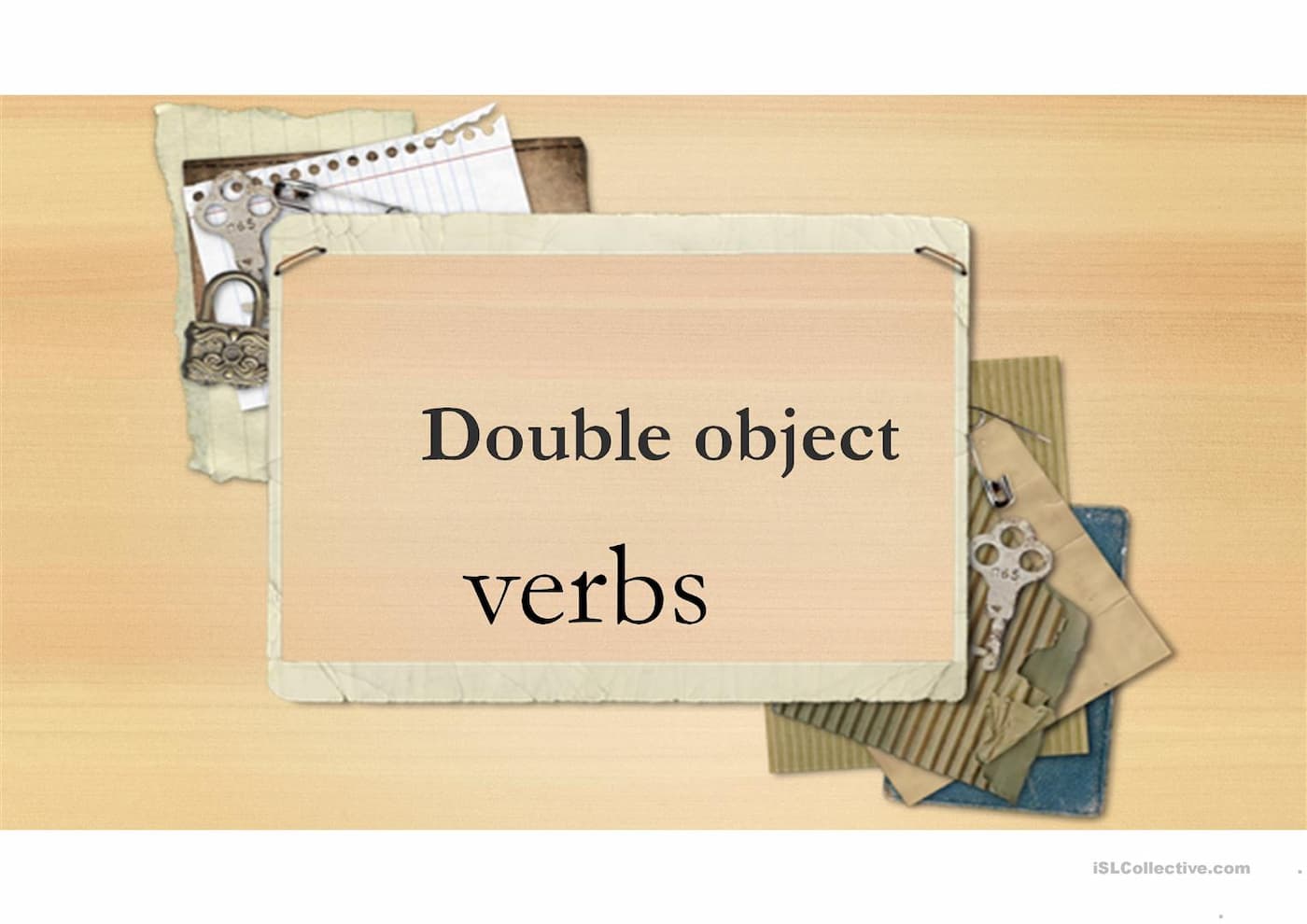برخی از افعال دو مفعول دارند، یکی مفعول مستقیم و دیگری مفعول غیر مستقیم:
| Subject | Verb | Indirect object | Direct object |
|---|---|---|---|
| My wife | sent | me | an email |
| He | brought | his mother | some flowers |
| He | cooked | all his friends | a delicious meal |
ساختار این جملهوارهها به شکل زیر است:
Verb + Noun (indirect object) + Noun (direct object)
فعل + اسم (مفعول غیر مستقیم) + اسم (مفعول مستقیم)
همچنین میتوانیم از prepositional phrase همراه با to یا for به علاوه یک مفعول غیر مستقیم استفاده کنیم، برای درک بهتر جدول زیر را بررسی کنید.
| Subject | Verb | Direct object | Prepositional phrase |
|---|---|---|---|
| My wife | sent | an email | to me |
| He | brought | some flowers | for his mother |
| He | cooked | a delicious meal | for all his friends |
ساختار این شبه جملهها به شکل زیر است:
Verb + Noun (direct object) + to / for + Noun (indirect object)
فعل + اسم (مفعول مستقیم) + to/for+ اسم (مفعول غیر مستقیم)
افعال رایج با to و فاعل غیر مستقیم عبارت هستند از:
give lend offer pass post promise read sell send show tell write
He gave his programme to the man next to him.
He gave the man next to him his programme.
او برنامه خود را به مرد کنار خودش داد.
They sent Christmas cards to all their customers.
They sent all their customers Christmas cards.
آنها برای تمامی مشتریانشان کارت تبریک کریسمس فرستادند.
افعال رایج با for و فاعل غیرمستقیم عبارت هستند از:
book bring buy cook find get keep make pour save
They booked a table for me at the restaurant.
They booked me a table at the restaurant.
او در رستوران میزی برای من رزرو کرد.
We made toys for all the children.
We made all the children toys.
ما برای تمامی کودکان اسباببازی ساختیم.
در صورتی که فعل غیرمستقیم ما عبارتی طولانی باشد، معمولا از to یا for استفاده میکنیم:
He showed his ticket to the policeman standing by the door.
او بلیطش را به پلیسی که کنار در ایستاده بود نشان داد.
We kept something to eat and drink for all the people who arrived late.
ما خوراکیهایی برای خوردن و نوشیدن برای همه کسانی که دیر رسیدند، نگه داشتیم.
در صورتی که مفعول غیر مستقیم ما، ضمیر باشد، معمولا از ساختار فعل + اسم+ اسم استفاده میکنیم:
I poured himanother drink.
من یک نوشیدنی دیگر برایش ریختم.
Their mother read them another story.
مادرشان برایشان داستان دیگری خواند.


